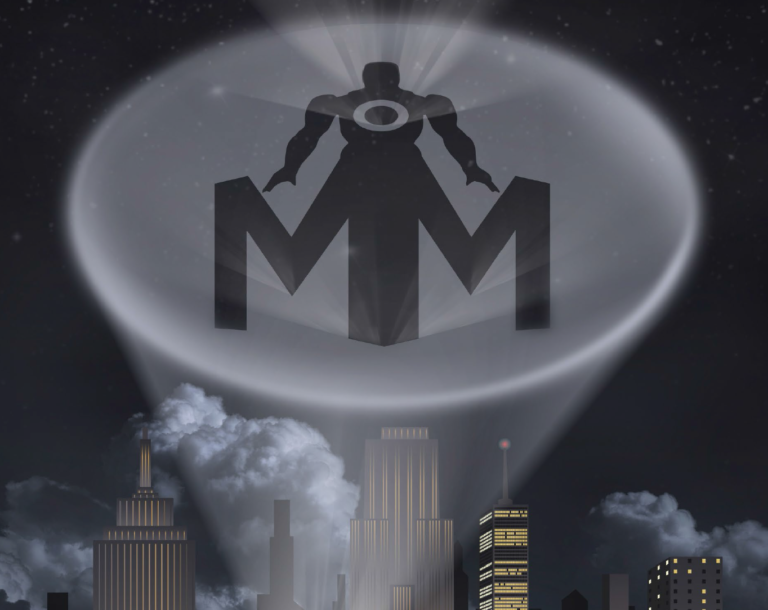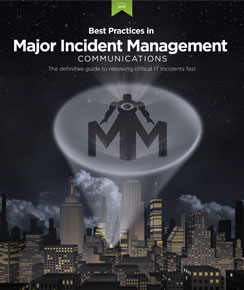The First 15 Minutes Count in a Major IT Incident

I think we can all relate to the pain of forgetting where we saved a file or who’s the go-to person for different responsibilities in the office. How much time have you burned trying to remember or figure it out, rummaging through files or asking people around you? Was it 15 minutes, an hour, a day?
It’s not so bad for routine things. But when it comes to major IT incidents, a delay of 15 minutes can be a disaster. Your customers are highly likely to start feeling the impact of the business interruption before then. And if your customers’ business is interrupted, your company feels the impact too.
Technology to the rescue
So spreadsheets, SharePoint and similar websites, and pieces of paper are just not good enough. Your communication system should already have the major incident managers with their contact information and on-call schedules prepopulated, enabling the service manager to instantly locate available major incident managers and target notifications to them.
Automating this initial engagement can have huge benefits, reducing a lengthy process by up to 90 percent, saving your customers real pain.
But what if the major incident manager you emailed doesn’t respond? Again, 15 minutes go by. Is it really good enough to shrug your shoulders and say you did what you could? Is it efficient to run around the office like your hair’s on fire?
At xMatters, we automate escalations. If 10 minutes, 15 minutes, whatever you decide, goes by with no response, send a notification to a different major incident manager.
Email is not the answer
But we’ve spent a lot of blog space on how email is just not the answer. It gets caught in spam filters, gets routed to other folders, or just gets buried. SMS is as good as available phone service.
So we recommend push technology as well, to light up people’s mobile devices with a warning they’re sure to see.
15 minutes can save you… your job
The first minutes after a major incident is discovered are so crucial. They are the difference between a customer contacting you and slowing down resolution processes, making you look bad, and a proactive approach that impresses your clients.
So have a plan, practice it, and be ready. You can learn more by reading our white paper, Best Practices in Major Incident Management Communications, available now on our website.

